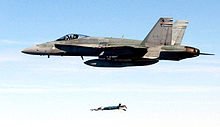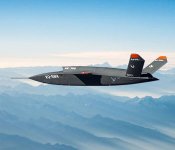QV
Army.ca Veteran
- Reaction score
- 3,860
- Points
- 1,010
That's concerning.
The JAG does give legal advice to the CoC though. Some of that advice has been absolutely deplorable.
Everyone still has the right to Self Defense - at times, the CoC, the UN etc all where failing miserably in that - and the explanation of what that actually allowed soldiers to do.
Consider this scenario: Circa 1994-5
Hostile Individual shoots at you -- turn to run (still with weapon).
I actually had a CF Maj (JAG) tell me it was unlawful to shoot that person, because their back was turned, and we could only engage if he turned around and was shooting at us again.
I had a Capt (PPCLI) actually think the JAG was correct.
**Neither appreciated my acerbic comments, or questioning the validity of the JAG's LLB...
Additionally neither could explain what was wrong when I told them I could shoot that guy in Canada under Self Defence provisions of the CCC, I'm so going to blast him into next week in XYZ country, other than "the ROE doesn't allow for that".
IMHO the JAG's Office often tends to look for the most restrictive interpretations - as opposed to the lawful options.
While the soldier on the ground just needs to know what his left and right of arc are.
When overly restrictive policies that make no sense are put into place - people step outside those - but when you create a culture of stepping outside - bad things follow.
The JAG's office also gave incorrect advice on the use of OTM ammunition for snipers and sharp shooters in 2004-2006 saying it was prohibited under the LOAC, without seeing that it was already approved in other parts of the CF, and coalition forces.
I have some other interesting tidbits - but I'll save those for over a beer
Agree. Reminds me of a use of force scenario for LE where the perp arrives at an apartment with a rifle and states he's going up to kill his spouse then starts walking towards the apartment door. The DS answer was to shoot him in the back before he got to the door. AIM was met, he had the ability, intent, and means to carry out the murder and once he got in the apartment the door would lock behind him which would delay police ability to stop the threat inside.
In your scenario the bad guy may turn his back momentarily, but he is likely just moving to take up another fire position. So threat of death or GBH is always there.











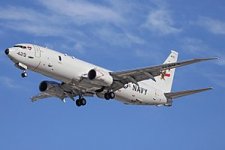
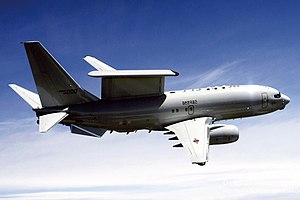
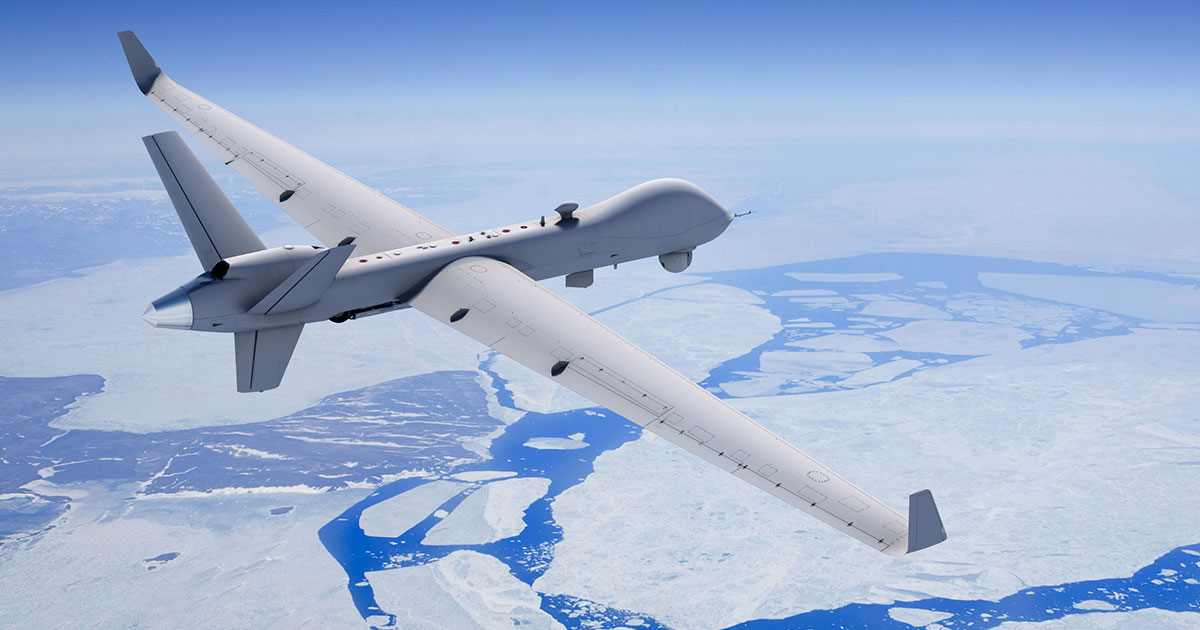

:quality(70)/cloudfront-us-east-1.images.arcpublishing.com/mco/VECAYCDEPFCBJD67ZKH6MPSABM.jpg)
:quality(70)/cloudfront-us-east-1.images.arcpublishing.com/mco/6KBRB6EPAFGABI7QOWLFTT3M6M.png)

